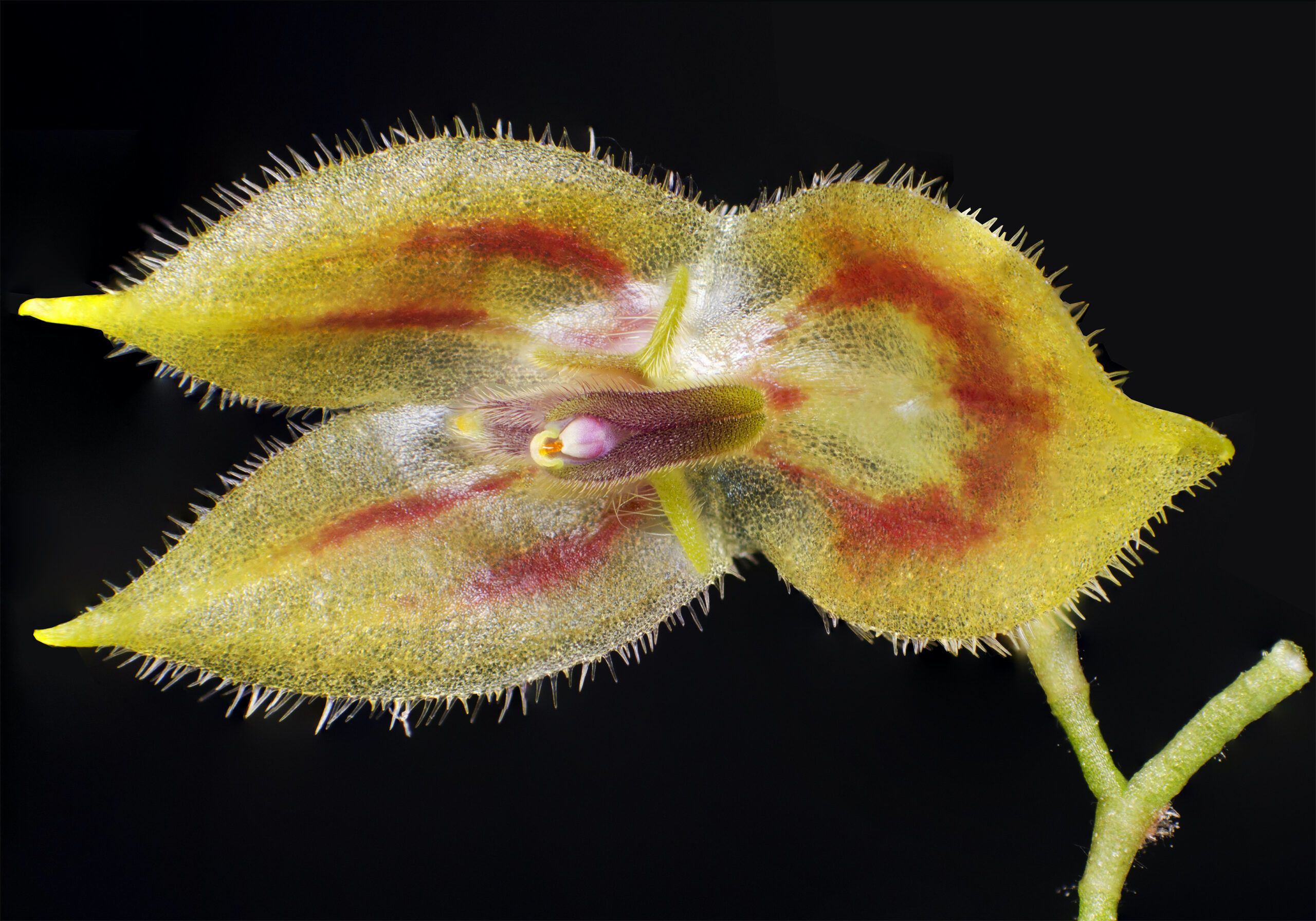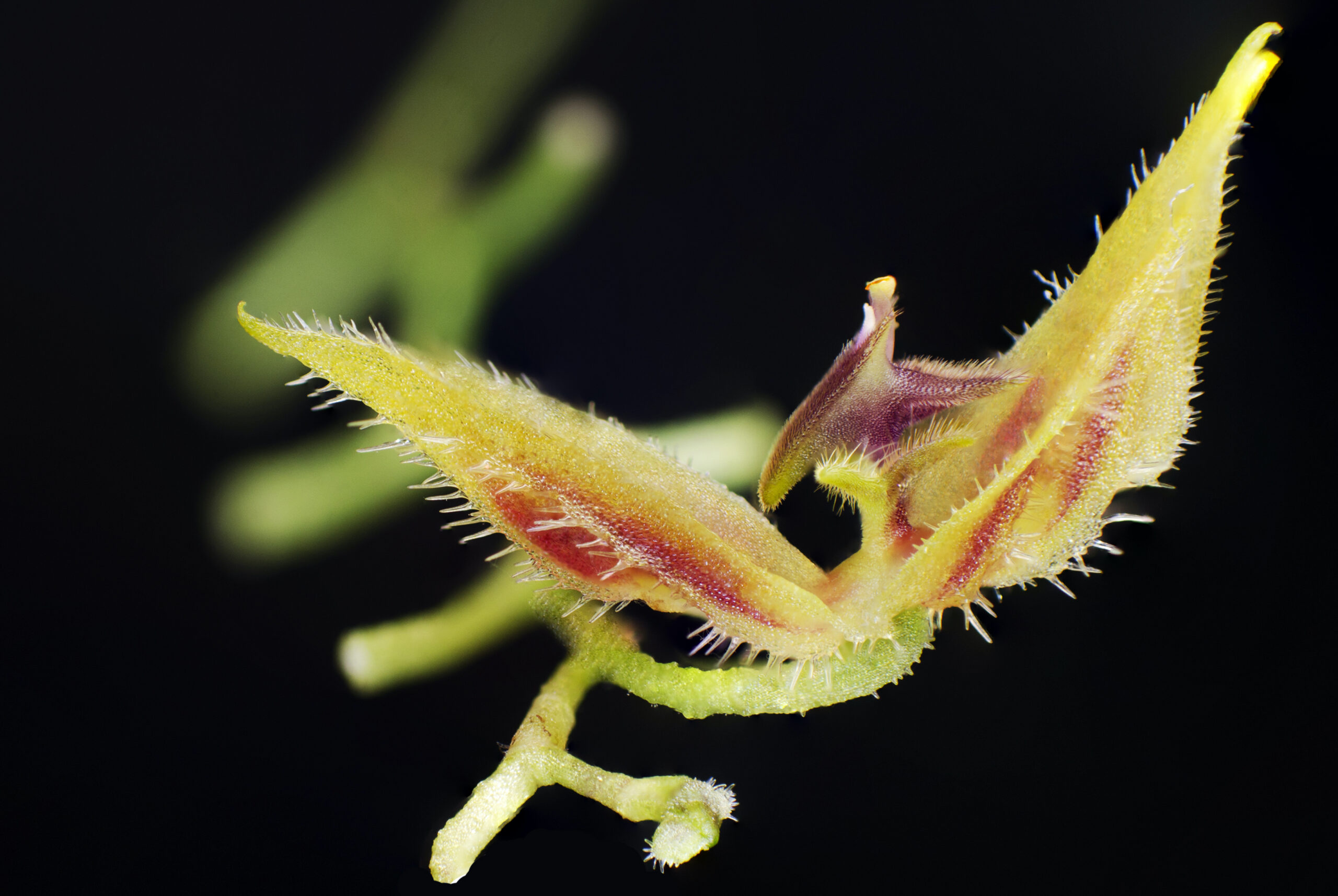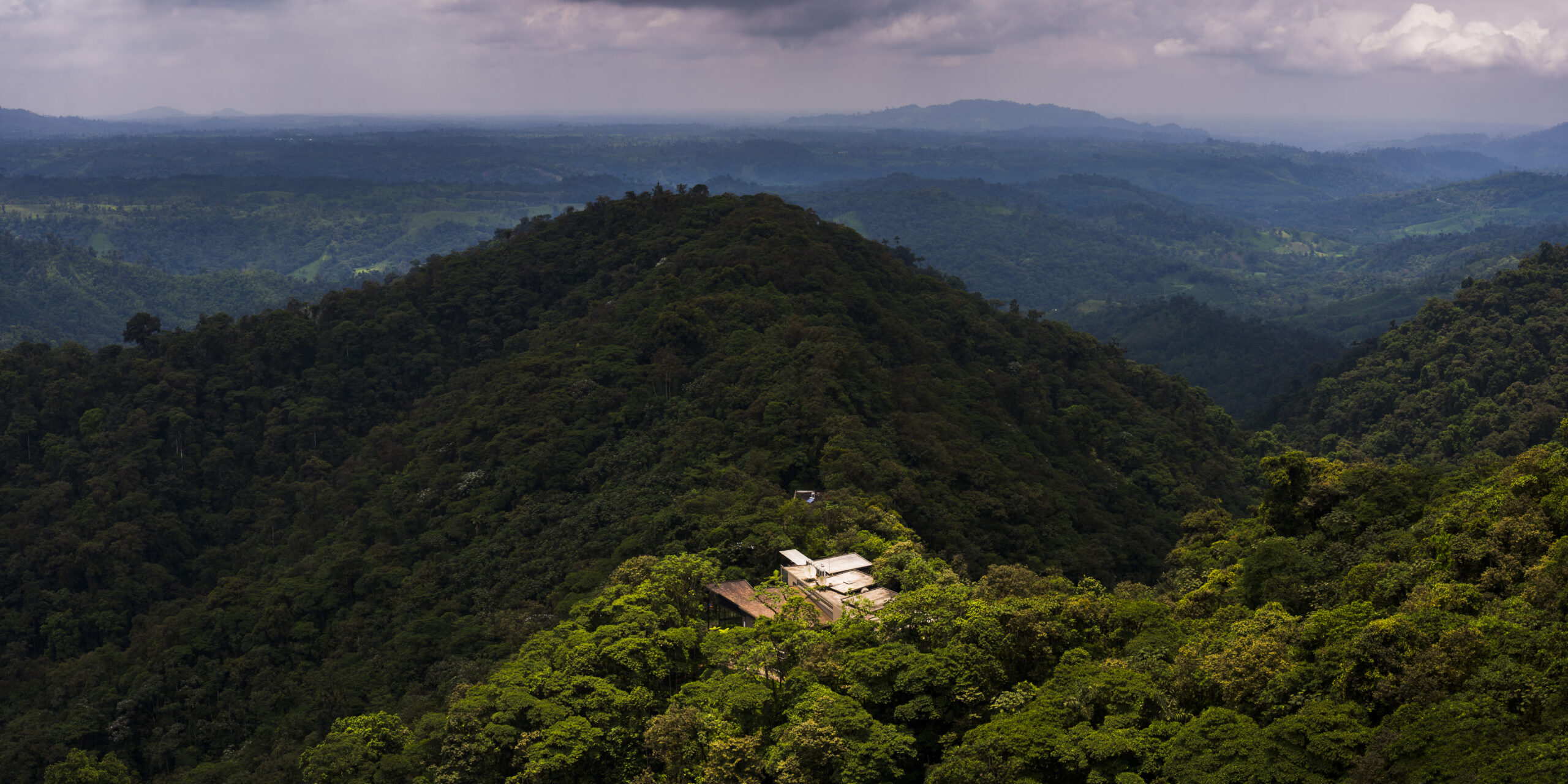Biodiversity Springs Eternal at
Mashpi Lodge: New Orchid Species Discovered
Deemed endemic to Mashpi Reserve, Lepanthes mashpica, grows within the Choco Ecoregion of Ecuador, one of the most diverse and threatened forests in the world
Biodiversity just got a bit broader in the Choco ecoregion of northwestern Ecuador with the discovery of a new species of orchid in the Mashpi Rainforest Biodiversity Reserve. Named Lepanthes mashpica for its home, the new orchid brings to 272 the total number of plant species identified within the 6,100-acre reserve surrounding Mashpi Lodge, an eco-luxury cocoon tucked in the clouds some three hours by car from Ecuador‘s historic capital, Quito.
The discovery of Lepanthes mashpica sprang from a multi-pronged effort involving Mashpi Lodge’s Research & Biology team, the Quito Botanical Garden, and Universidad de las Américas (UDLA), also in Quito. The specimen was collected in 2017 during one of a handful of research excursions on trails surrounding the Lodge.

Luis Baquero, a UDLA researcher, looked for crucial clues with taxonomical methods to establish the distinct traits that set the orchid apart within its genus, and subsequent cataloging confirmed that the species was distinct and previously unrecognized by science, as per the shape, color, and pattern of its flower – most notably the number of hairs over the petals.

Lepanthes mashpica joins an expanding list of endemic species discovered within and named for the Mashpi Reserve, including the iconic Magnolia mashpi and the recently discovered nocturnal frog Mashpi Torrenteer (Hyloscirtus mashpi). According to researcher Baquero, there are several healthy populations of the orchid within the Reserve, and seedlings and adult specimens can be found side-by-side, a positive sign for the long-term health of the species.
Taken together, Lepanthes mashpica is yet another highlight of the amazing biodiversity that occurs within the rich environment of the Mashpi Rainforest Biodiversity Reserve and the Choco ecoregion, one of the most diverse and threatened forests in the world. It’s pretty enough for a prom dress, too.

